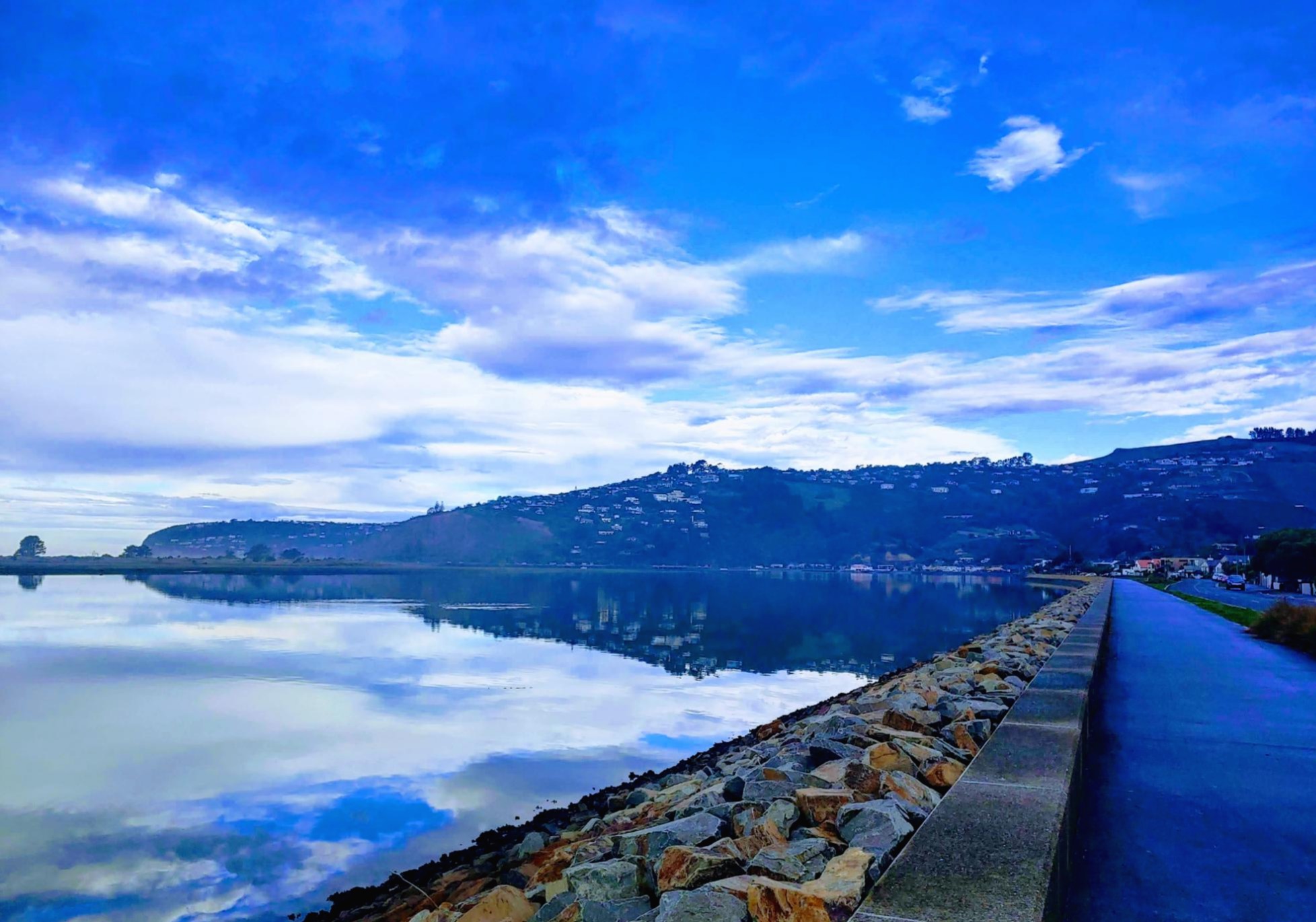| 일 | 월 | 화 | 수 | 목 | 금 | 토 |
|---|---|---|---|---|---|---|
| 1 | ||||||
| 2 | 3 | 4 | 5 | 6 | 7 | 8 |
| 9 | 10 | 11 | 12 | 13 | 14 | 15 |
| 16 | 17 | 18 | 19 | 20 | 21 | 22 |
| 23 | 24 | 25 | 26 | 27 | 28 | 29 |
| 30 |
- On With The Show
- Queen
- David Crosby
- Thin Lizzy
- Clutching At Straws
- Ennio Morricone
- Yes
- Gary Moore
- Draw The Line
- Living In The Fast Lane
- Flirtin' With Disaster
- Thick As A Brick
- Spectral Mornings
- Misplaced Childhood
- 게리무어
- 씬리지
- Quicksilver Messenger Service
- Steve Morse Band
- Still In Love With You
- Economist
- Gerry Rafferty
- Steve Hackett
- UFO
- Boogie No More
- 이코노미스트
- Dreams I'll Never See
- Under A Mediterranean Sky
- Molly Hatchet
- Crosby & Nash
- Golden Earring
- Today
- Total
Point of Entry
[Birds Of The Estuary] Black swan thriving on estuary 본문

The black swan, large and majestic, moves slowly whilst floating on the ponds and estuary. It is stunning with its bright orange/red bill, which is detailed with a white band. The male can weigh as much as 7kg and while the females look the same, they are smaller and reach a maximum of 6kg in weight.
The black swan were introduced from Australia, however, a large number self-introduced themselves, and they are therefore classified as a New Zealand native bird. You may think that the black swan is a common bird in New Zealand, as the estuary and the wastewater ponds are home to some 1,000 swans which are very visible. But the population across the entire country only numbers 60-70,000 birds, so we are lucky to have a large enough estuary to support as many as it does.
The herbivores only eat vegetation submerged under shallow water, with seagrass being their favourite food, but at high tide they often venture grassed areas nearby to feed on grass. It must be a healthy diet as they can live up to the age of 30 years!
Pairs will mate for life but live in a flock of many other pairs until its nesting time from July onwards when they separate to build large nests made up from sticks, debris and dead leaves formed into a large floating mount or nest on the islands in the ponds.
I am sure you too have observed with delight the string of swan with the male upfront, followed by five or six fluffy grey cygnets with the female keeping an eye on them all at the back. Be careful not to disturb swan as they can be aggressive towards predators (including us humans) and vulnerable during their mouth in January and February when they are flightless for about a month.
What can we do to help the majestic swan thrive? Keep up healthy water quality in our rivers and the estuary to ensure vegetation growth to feed this many birds. Check what goes down your drains, for example, rinse your paintbrushes in the sink as that wastewater will be treated, not outside where it may flow straight from stormwater drains into our rivers and then the estuary which is detrimental to water quality.



